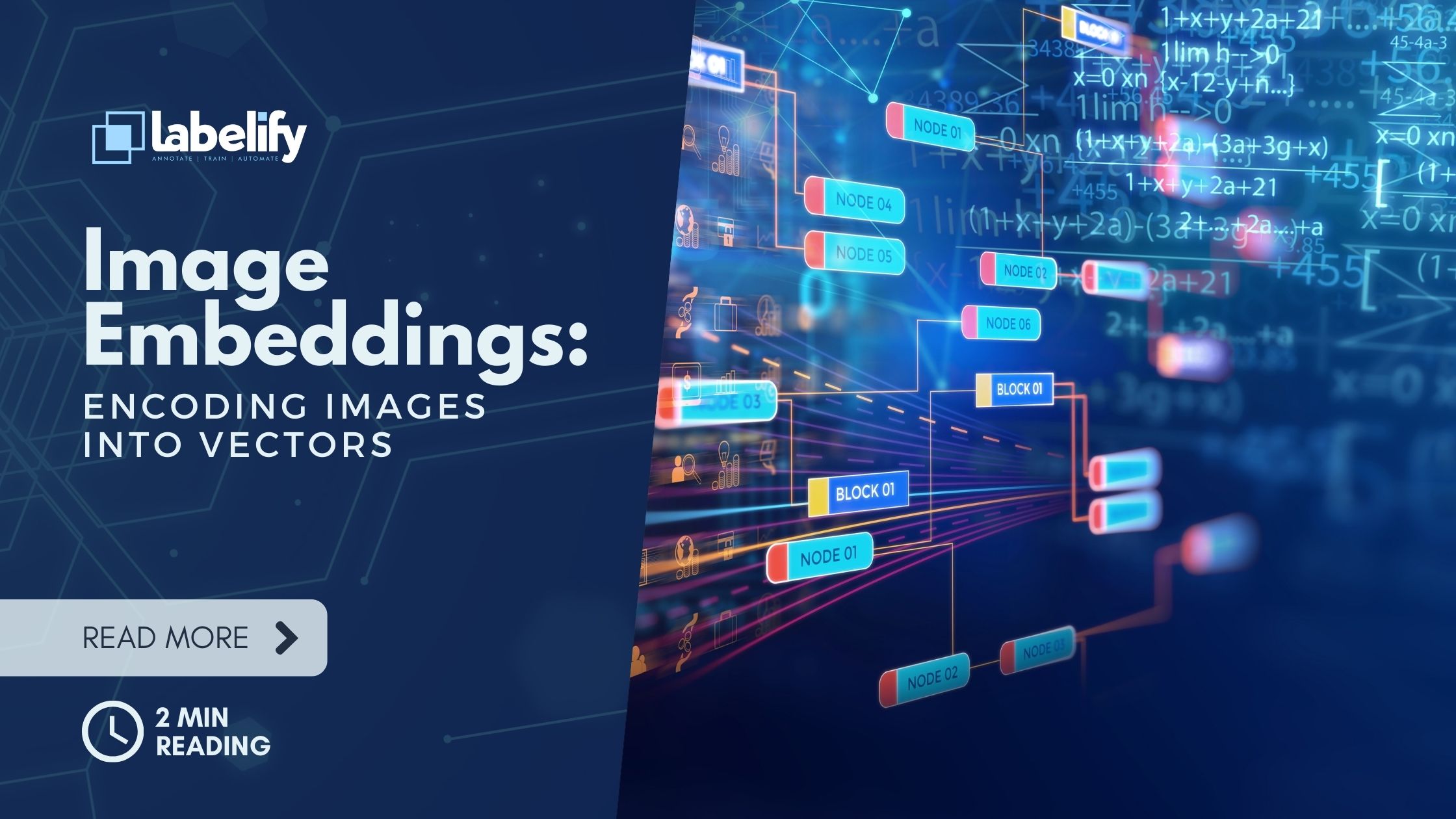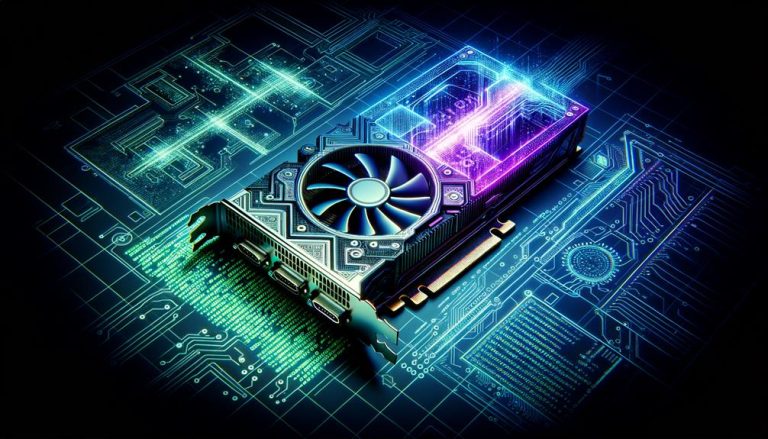We are thrilled to unveil a groundbreaking advancement in machine learning: image embeddings. These condensed numerical representations capture the essence of images, transforming human interpretation into a format easily processed by ML models.
With the power of convolutional neural networks, algorithms generate these embeddings, enabling accurate and efficient image analysis.
The potential applications are vast, revolutionizing similarity searches, recommendation systems, visual search, and content-based image retrieval.
Join us on this liberating journey as we unleash the incredible potential of image embeddings in the world of machine learning.
重要なポイント
- Embeddings convert complex data like images into numerical representations for easy processing by ML models.
- Image embeddings capture the essence of an image in a list of numbers, representing properties like edges and color gradients.
- Algorithms based on convolutional neural networks (CNNs) are commonly used to generate image embeddings.
- Pre-trained models like VGG-16 and ResNet50 are popular choices for creating image embeddings.
What Are Embeddings
Embeddings are numerical representations of data that ML models rely on for easy processing and analysis. They're a groundbreaking innovation that has revolutionized the field of machine learning. With embeddings, we can convert complex data like words, images, and sounds into condensed vector forms that ML models can understand and analyze. This opens up a world of possibilities, allowing us to perform tasks like image similarity search and recommendation systems with ease.
However, there are pros and cons to using embeddings in ML. On the one hand, embeddings allow for efficient processing and analysis of data, enabling faster and more accurate predictions. On the other hand, the quality of image embeddings can vary, and it's crucial to evaluate their performance. Methods for evaluating the quality of image embeddings include assessing their ability to capture important visual features like edges and color gradients, as well as measuring their effectiveness in tasks like image classification and similarity search.
Importance of Image Embeddings
Image embeddings play a crucial role in enhancing the efficiency and effectiveness of machine learning models. They've become an indispensable tool in the world of recommendation systems, unlocking a multitude of benefits for users seeking liberation and innovation.
- Personalized Recommendations: Image embeddings enable recommendation systems to understand visual preferences, leading to tailored recommendations that align with individual tastes and desires.
- Enhanced User Experience: By accurately capturing the essence of images, embeddings allow for more accurate and relevant search results, enhancing the overall user experience.
- Increased Efficiency: With image embeddings, recommendation systems can quickly identify visually similar items, reducing the time and effort required to find desired products or content.
- Overcoming Challenges: Creating accurate image embeddings poses challenges such as capturing complex visual information and maintaining consistency across diverse datasets. However, ongoing advancements in algorithms and pre-trained models are addressing these challenges, paving the way for even more innovative applications.
Algorithms for Generating Image Embeddings
Now, let's delve into the algorithms that are used to generate image embeddings, building upon the importance of these embeddings discussed earlier. The algorithms play a crucial role in capturing the essence of an image and converting it into a condensed vector form. These image embeddings offer numerous advantages, such as efficient similarity searches and robust recommendation systems. To better understand the algorithms, let's take a look at the table below:
| Algorithm | Pros | Cons |
|---|---|---|
| CNN-based | Excellent image classification capabilities | Computationally expensive |
| VGG-16 | Captures intricate visual hierarchies | Large memory footprint |
| ResNet50 | Prevents information degradation over layers | Increased training complexity |
These algorithms, based on convolutional neural networks (CNNs), utilize their power to convert visual information into condensed vector forms. While CNN-based algorithms excel in image classification, they can be computationally expensive. However, pre-trained models like VGG-16 and ResNet50 offer efficient ways to generate image embeddings. By leveraging the advantages of image embeddings, we can revolutionize various ML applications and empower users with liberating experiences.
Understanding Convolutional Neural Networks (CNNs)
As we delve further into the topic of generating image embeddings, it's important to understand convolutional neural networks (CNNs) and their role in capturing the essence of an image.
CNNs have revolutionized the field of computer vision, enabling machines to perceive and interpret visual information like never before.
However, we must acknowledge the limitations and challenges associated with training CNNs. These include the need for large amounts of labeled data, the computational resources required for training, and the potential for overfitting.
Despite these challenges, CNNs offer immense potential for liberating the world of image analysis and understanding. With continuous advancements in training techniques and the development of more efficient architectures, CNNs will continue to push the boundaries of what's possible in image processing and pave the way for further breakthroughs in machine learning.
Pre-trained Models for Image Embedding Creation
Continuing our exploration of generating image embeddings, let's delve into the topic of creating image embeddings using pre-trained models.
Pre-trained models, such as VGG-16 and ResNet50, offer a revolutionary approach to image embedding creation. These models have been trained on massive datasets, capturing intricate visual hierarchies and learning complex features.
By leveraging their pre-trained weights, we can harness their remarkable capabilities to convert images into condensed vector forms. This breakthrough in image embedding generation empowers us to unlock the true potential of image similarity.
With pre-trained models, we can effortlessly identify visually similar images, revolutionizing search, recommendation systems, and beyond.
The utilization of pre-trained models for image embedding creation marks a significant milestone in liberating the power of machine learning for all.
Utilization Techniques for Image Embeddings
To fully harness the power of image embeddings, we can explore various utilization techniques. Here are some visionary ways to leverage image embeddings for liberation:
- Image Embedding Evaluation: Develop novel evaluation metrics to assess the quality and effectiveness of image embeddings. By understanding the strengths and weaknesses of different embedding algorithms, we can improve and optimize their performance.
- Dimensionality Reduction Techniques: Explore innovative approaches to reduce the dimensionality of image embeddings while preserving their essential information. This will enable faster processing and storage of embeddings, leading to more efficient utilization in real-world applications.
- Image Similarity Clustering: Use image embeddings to cluster similar images together, empowering users to explore vast collections effortlessly. By organizing images based on their visual similarities, we liberate individuals from tedious manual sorting and enable intuitive browsing experiences.
- Cross-Modal Retrieval: Combine image embeddings with embeddings from other modalities, such as text or audio, to create a unified representation of multimedia data. This integration enables liberation from the constraints of single-modal analysis, unlocking new possibilities for cross-modal search and recommendation systems.
K-Nearest Neighbors (KNN) for Similarity Search
We can leverage the power of image embeddings by employing K-Nearest Neighbors (KNN) for similarity search, allowing us to find the closest matches to a given image embedding. KNN measures distances between image embeddings to determine similarity. By comparing the distances between multiple embeddings, we can identify the K nearest neighbors, which represent the most similar images. This technique is particularly useful for tasks like image classification and image generation. Through KNN, we can group similar images together and recommend images based on their similarity. This enables us to explore and discover new visual concepts and patterns. KNN, along with other utilization techniques like Approximate Nearest Neighbors (ANN), revolutionizes the way we search, classify, and generate images, liberating us from the limitations of traditional methods and opening new possibilities in the world of machine learning and computer vision.
| K-Nearest Neighbors (KNN) for Image Classification | Image Embeddings for Image Generation |
|---|---|
| Measures distances between image embeddings to find similarity | Captures the essence of an image in a condensed numerical representation |
| Identifies the K nearest neighbors to a given image embedding | Enables the generation of new images based on learned patterns and concepts |
| Useful for tasks like image classification and recommendation systems | Unleashes the power of machine learning to create visually appealing and diverse images |
Approximate Nearest Neighbors (ANN) for Speed and Accuracy
For speed and accuracy, we employ Approximate Nearest Neighbors (ANN) as a powerful technique in our exploration of image embeddings. ANN offers a revolutionary approach to similarity search, providing significant speed improvements without sacrificing accuracy. Here's why ANN is the future:
- ANN vs KNN: While K-Nearest Neighbors (KNN) measures distances between image embeddings to find closest matches, ANN takes it a step further by examining a subset of items that are likely to be close to the query point. This approach allows for faster and more efficient search results.
- Tradeoff between speed and accuracy in ANN: ANN strikes a perfect balance between speed and accuracy. By approximating nearest neighbors, it reduces the computational complexity of the search process, leading to faster results. However, there might be a slight compromise in accuracy compared to KNN.
- Liberating speed: With ANN, we can explore vast datasets of image embeddings at lightning-fast speeds, empowering us to extract insights and make decisions in real-time. This liberation from time-consuming searches opens up new possibilities for innovation and efficiency.
- Unleashing the future: ANN represents the cutting-edge of image embedding technology, revolutionizing how we search, recommend, and analyze visual data. By harnessing the power of ANN, we're paving the way for a future where speed and accuracy go hand in hand, liberating us from the constraints of traditional search methods.
Grouping Similar Images With Image Embeddings
Continuing our exploration of image embeddings with the power of Approximate Nearest Neighbors (ANN), we delve into the subtopic of grouping similar images.
Imagine a world where image embedding applications revolutionize the way we evaluate image similarity. With the innovative use of ANN, we can liberate ourselves from the tedious task of manually categorizing and organizing vast image collections.
By leveraging the condensed numerical representations of images, we can effortlessly group similar images together, opening up endless possibilities for recommendation systems, content curation, and visual search engines.
This breakthrough in image embedding technology empowers us to navigate through the sea of images with ease, enabling us to discover new connections and insights like never before.
Embrace the liberation of image grouping through image embeddings and unlock a world of boundless creativity and efficiency.
Image Recommendations Based on Similarity
While exploring the power of Approximate Nearest Neighbors (ANN) in image embeddings, we can now delve into the subtopic of recommending images based on similarity. Imagine a world where image recommendation systems have the ability to understand our desires and liberate us from the endless scrolling through countless images.
With the advancements in visual search applications, image recommendation systems can revolutionize the way we discover and explore visual content. Here's what this breakthrough can offer:
- Personalized Visual Experiences: Image recommendation systems can understand our preferences and curate personalized collections of visually similar images, enabling us to find exactly what we're looking for effortlessly.
- Enhanced Creativity: By recommending visually similar images, these systems can inspire and ignite our creativity, pushing boundaries and unlocking new possibilities.
- Time Efficiency: No more wasting time searching for the perfect image. Recommendation systems can quickly surface visually similar images, saving us valuable time and energy.
- Discovering the Unseen: Image recommendation systems can introduce us to new and exciting visual content that we may have never discovered on our own, expanding our horizons and broadening our perspectives.
With image recommendations based on similarity, we can embrace a world where visual exploration is limitless, empowering us to find, create, and connect with the images that truly resonate with us.
よくある質問
How Are Embeddings Used in ML Models?
Embeddings are crucial components of ML models. They allow us to convert various types of data, such as words, images, and sounds, into numerical representations that can be easily processed by ML algorithms.
In natural language processing, text embeddings play a vital role in understanding and analyzing textual data.
Additionally, embeddings are widely used in recommender systems to recommend items based on similarity.
Their versatility and ability to capture the essence of data make embeddings an indispensable tool in the ML world.
What Are Some Common Applications of Image Embeddings?
Image embeddings have revolutionized various fields, including fashion and medical imaging.
In fashion, image embeddings enable personalized recommendations, allowing individuals to discover their unique style and break free from societal norms.
Medical imaging benefits from image embeddings by aiding in early disease detection, providing accurate diagnoses, and assisting in treatment planning.
Can You Explain the Difference Between KNN and ANN for Similarity Search?
KNN and ANN are two popular techniques for similarity search.
KNN measures distances between image embeddings, finding the closest matches. It checks for 'K' closest matches, reducing errors from anomalies.
On the other hand, ANN examines a subset of items likely to be close to the query point, providing significant speed improvements without sacrificing accuracy.
The pros of KNN include accuracy and simplicity, while ANN offers faster processing and scalability.
Both techniques have their own unique strengths and use cases.
What Are the Advantages of Using Pre-Trained Models Like VGG-16 and Resnet50 for Image Embedding Creation?
The advantages of using pre-trained models like VGG-16 and ResNet50 for image embedding creation are immense. These models have already been trained on massive datasets and have learned intricate visual hierarchies, capturing the essence of images in their depths.
How Do Convolutional Neural Networks (Cnns) Convert Visual Information Into Condensed Vector Forms?
Convolutional neural networks (CNNs) play a vital role in converting visual information into condensed vector forms. Through the use of transfer learning, pre-trained models like VGG-16 and ResNet50 are leveraged to extract high-level features from images.
These models consist of convolutional layers, pooling layers, and fully connected layers, which capture intricate visual hierarchies. By utilizing techniques such as dimensionality reduction, CNNs condense visual information into numerical embeddings that represent the essence of an image, enabling efficient processing and analysis.
結論
As we conclude this remarkable journey into the world of image embeddings, we stand at the precipice of a new era in machine learning. The power of condensed numeric representations, harnessed through convolutional neural networks, has unleashed a wave of possibilities.
From similarity searches to content-based image retrieval, the potential applications are boundless. With image embeddings, we've opened the door to a future where visual data is easily understood and harnessed, revolutionizing the way we interact with images.
The future is bright, and the possibilities are limitless.




